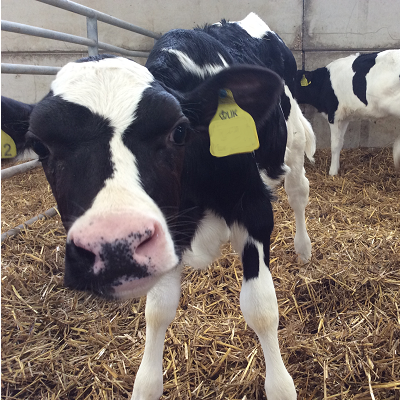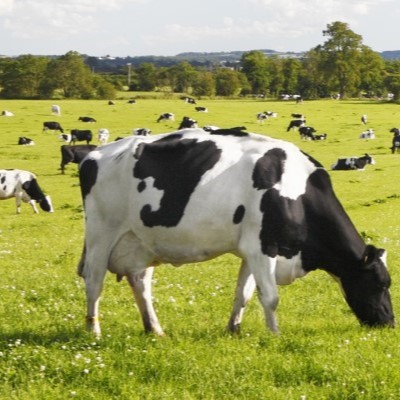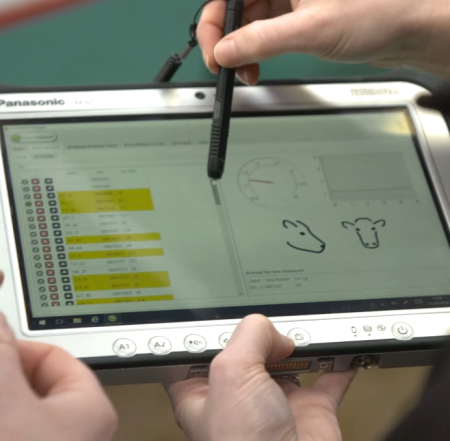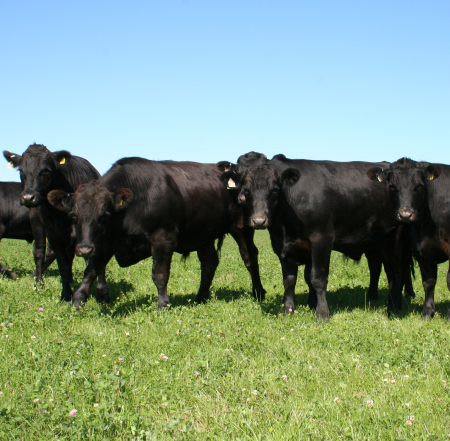CIEL | Case Study: Low birthweight pigs within pig production
Genetics | Reproduction | Behaviour | Nutrition | Health & Welfare | Productivity | Food Integrity | Environmental Impact
Challenge
Advances in genetics, combined with improved management, has resulted in significant increases in litter sizes within commercial pig production. However, this has increased the occurrence of low birthweight pigs, lower weaning weights, and a decrease in lifetime performance.
Low birthweight pigs can have pre-weaning mortality levels of over 20%. This level of mortality is well above the Northern Ireland average and highlights obvious implications in terms of animal welfare and a financial impact for producers.
Small pigs at birth often continue to fall further behind their litter mates throughout production and often need to be diverted from normal production flow to receive special treatment. This complicates management on the farm.
With the increase in litter size projected to continue, the negative effects of low birthweight animals on average herd performance and profitability is likely to become more of an issue. However, there is little accurate data available to quantify the number and cost of low birthweight animals to the local industry.
Action
Studies by Samuel Hawe, a PhD student based at AFBI Hillsborough, have focused on determining the significance of low birthweight pigs on commercial farms in the Northern Ireland pig industry. He has also been developing and testing targeted intervention strategies to reduce mortality and maximise performance of low birthweight piglets and to determine if these are practical and profitable.
To support his research Samuel has had access to the 150-sow farrow to finish pig farm at AFBI Hillsborough. Investment by CIEL within the facility includes an industry leading Spotmix kitchen delivering 20 diets to individual pens, and MLP feeder stations to measure individual animal feed intakes and weights. Amongst the extensive scanning technologies available, Sam’s work has also benefitted from a mobile DEXA scanner, used to assess carcass quality and bone density.
Impact
As part of his studies, Sam investigated the growth response of low and average birth weight piglets when reared on sows which were offered different levels of lactation feed intake. This study has shown that the careful management of sow feeding during lactation can markedly increase feed intake and facilitate greater milk yields. This represents an opportunity commercially to maximize the weaning weights of all piglets, including low birthweight piglets.
Furthermore, improved sow lactation nutrition can significantly reduce preweaning mortality of low birthweight animals. This, in turn, will greatly increase the number of animals weaned, improving output and profitability at farm level








